Sugar
Sugar – ICUMSA 45
Due to our direct contact to some mines in Brazil we can offer ICUMSA 45 to our clients worldwide. If you are interested in an offer, pls send us an LOI with some details, as amount of product, delivery port and your price goal. We will come back to you with an offer in short time.
Sugar is the generalized name for a class of sweet-flavored substances used as food. They are carbohydratesand as this name implies, are composed of carbon, hydrogen and oxygen. There are various types of sugar derived from different sources. Simple sugars are called monosaccharidesand include glucose(also known as dextrose), fructoseand galactose. The table or granulated sugar most customarily used as food is sucrose, a disaccharide. Other disaccharides include maltoseand lactose.
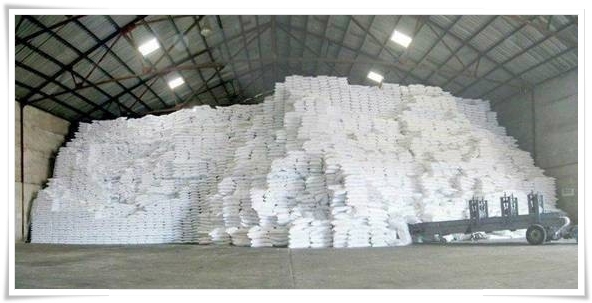
Sugars are found in the tissues of most plants but are only present in sufficient concentrations for efficient extraction in sugarcaneand sugar beet. Sugarcane is a giant grass and has been cultivated in tropical climates in the Far East since ancient times. A great expansion in its production took place in the 18th century with the setting up of sugar plantations in the West Indies and Americas. This was the first time that sugar became available to the common people who had previously had to rely on honey to sweeten foods. Sugar beet is a root crop and is cultivated in cooler climates and became a major source of sugar in the 19th century when methods for extracting the sugar became available. Sugar production and trade has changed the course of human history in many ways. It influenced the formation of colonies, the perpetuation of slavery, the transition to indentured labour, the migration of peoples, wars between 19th century sugar trade controlling nations and the ethnic composition and political structureof the new world.
The world produced about 168 million tonnes of sugar in 2011. The average person consumes about 24 kilograms of sugar each year (33.1 kg in industrialised countries), equivalent to over 260 food calories per person, per day. Sugar provides empty calories.
Since the latter part of the twentieth century, it has been questioned whether a diet high in sugars, especially refined sugars, is bad for health. Sugar has been linked to obesity and suspected of being implicated in diabetes, cardiovascular disease, dementia, macular degeneration and tooth decay. Numerous studies have been undertaken to try to clarify the position but the results remain largely unclear, mainly because of the difficulty of finding populations for use as controls that do not consume sugars.
Refining
Different kinds of sugar.
Cane sugar requires further processing to provide the free-flowing white table sugar required by the consumer. The sugar may be transported in bulk to the country where it will be used and the refining process often takes place there. The first stage is 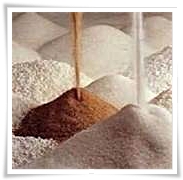 known as affination and involves immersing the sugar crystals in a concentrated syrup which softens and removes the sticky brown coating without dissolving them. The crystals are then separated from the liquor and dissolved in water. The resulting syrup is either treated by a carbonatationor a phosphatation process. Both involve the precipitation of a fine solid in the syrup and when this is filtered out, a lot of the impurities are removed at the same time. Removal of colour is achieved by either using a granular activated carbonor an ion-exchange resin. The sugar syrup is concentrated by boiling and then cooled and seeded with sugar crystals causing the sugar to crystallize out. The liquor is spun in a centrifuge and the white crystals are dried in hot air, ready to be packaged or used. The surplus liquor is made into refiners' molasses.[42]The International Commission for Uniform Methods of Sugar Analysissets standards for the measurement of the purity of refined sugar, known as ICUMSA numbers; lower numbers indicate a higher level of purity in the refined sugar.
known as affination and involves immersing the sugar crystals in a concentrated syrup which softens and removes the sticky brown coating without dissolving them. The crystals are then separated from the liquor and dissolved in water. The resulting syrup is either treated by a carbonatationor a phosphatation process. Both involve the precipitation of a fine solid in the syrup and when this is filtered out, a lot of the impurities are removed at the same time. Removal of colour is achieved by either using a granular activated carbonor an ion-exchange resin. The sugar syrup is concentrated by boiling and then cooled and seeded with sugar crystals causing the sugar to crystallize out. The liquor is spun in a centrifuge and the white crystals are dried in hot air, ready to be packaged or used. The surplus liquor is made into refiners' molasses.[42]The International Commission for Uniform Methods of Sugar Analysissets standards for the measurement of the purity of refined sugar, known as ICUMSA numbers; lower numbers indicate a higher level of purity in the refined sugar.
Producing countries
The five largest producers of sugar in 2011 were Brazil, India, the European Union, China and Thailand. In the same year, much the largest exporter of sugar was Brazil, distantly followed by Thailand, Australia and India. The largest importers were the European Union, United States and Indonesia. Currently, Brazil has the highest per capitaconsumption of sugar, followed by Australia, Thailand and the European Union. (Source: Wikipedia)
But what does ‘ICUMSA 45′ actually mean?
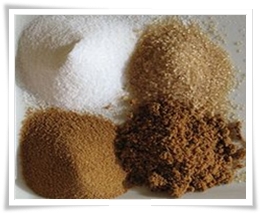 ICUMSA is an acronym for the International Commission For Uniform Methods Of Sugar Analysis, an international regulatory body which sets the standard for sugar analysis tests thereby creating a system which can be used anywhere on the globe to accurately and quickly describe the properties of sugar. This is an essential system due to the fact that the sugar trade is a global one, and often buyers and sellers will be operating in completely different parts of the world, not to mention sometimes contending with a language barrier which can complicate negotiations. The ICUMSA ratings method allows a meaningful and accurate description of the product which can be easily understood by interested parties no matter where they come from.
ICUMSA is an acronym for the International Commission For Uniform Methods Of Sugar Analysis, an international regulatory body which sets the standard for sugar analysis tests thereby creating a system which can be used anywhere on the globe to accurately and quickly describe the properties of sugar. This is an essential system due to the fact that the sugar trade is a global one, and often buyers and sellers will be operating in completely different parts of the world, not to mention sometimes contending with a language barrier which can complicate negotiations. The ICUMSA ratings method allows a meaningful and accurate description of the product which can be easily understood by interested parties no matter where they come from.
ICUMSA 45 is refined from sugar cane or sugar beet. One often sees suppliers declaring that sugar is made from either sugar cane or sugar beet specifically, but practically speaking there is no real difference between sugar made from either source. In fact, the only way to tell whether ICUMSA 45 sugar has been refined from sugar beet or sugar cane is to subject it to a series of tests which are, for the most part, completely unnecessary. (Source: ICUMSA 45 Brazil Homepage)
Some exemplary specifications on SUGAR:
| REFINED SUGAR GRADE A - ICUMSA 45 | ||
| Origin: Icumsa: Polarization: Ash content: Moisture: Solubility: Radiation: Colour: Granulation: |
Brazil 45 RBU 99.80% Min 0.04% Max 0.04% Max 100% Free Flowing Normal Certified Sparkling White Fine |
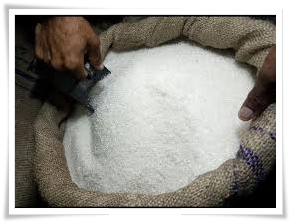 |
| CANE SUGAR - ICUMSA 100 | ||
| Icumsa: Polarization: Ash content: Moisture: Solubility: Radiation: Colour: Granulation: |
100 RBU 99.50% min 0.15% Max 0.10% Max 100% Free Flowing Normal Certified White Fine |
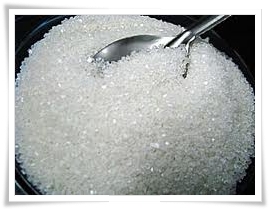 |
| RAW BROWN CANE SUGAR GRADE E ICUMSA 600-1200 | ||
| Origin: Icumsa: Polarization: Ash content: Moisture: Colour: Solubility: Granulation: SO2: |
South America/Brazil 600 – 1200 96.00% Min 0.09% Max 0.09% Max Brown 90% Free Flowing Fine 20 PPM |
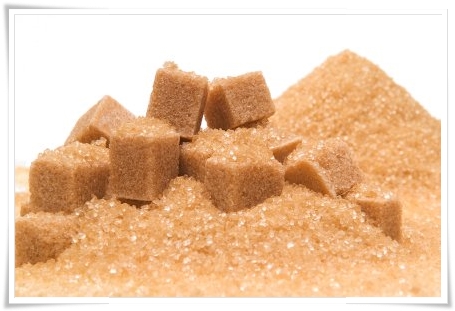 |
| BEET SUGAR | ||
| Icumsa: Polarization: Ash content: Moisture: Solubility: Radiation: Colour: Granulation: Reducing Sugar: |
45 - 100 RBU 99.80% Min 0.04% Max 0.04% Max 100% Dry & Free Flowing Normacaesium or iodine Sparkling White Crystal Fine to Medium 0.05% Max by weight |
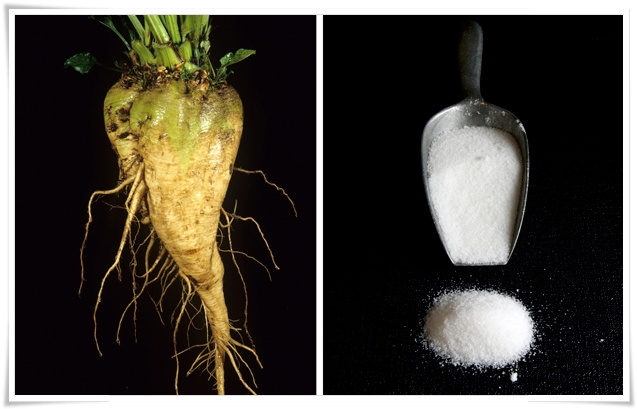 |
